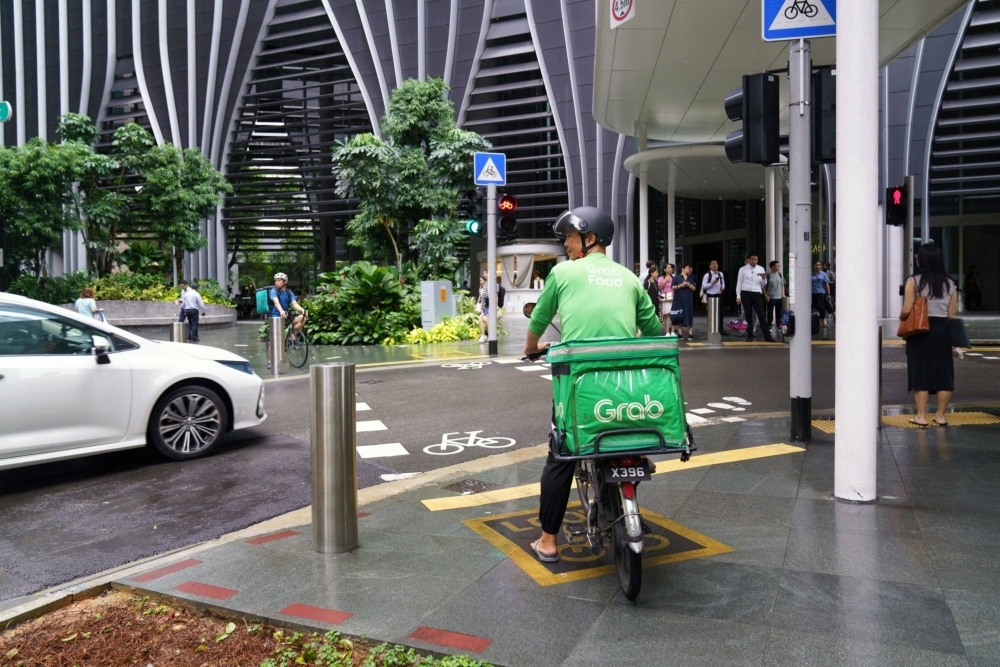Food delivery companies in Southeast Asia are facing the challenge of adapting their businesses in order to maintain a hold on the increasingly competitive post-pandemic market — or risk being absorbed by bigger players.
Food delivery is a tricky beast — it’s an intricate, time-pressurized and sensitive logistics operation that involves various internal and external stakeholders. During the pandemic, the appetite for food delivery services surged as stay at home orders or social-distancing protocols largely restricted in-restaurant dining.
In Southeast Asia, the food delivery services market grew 183% year on year in 2020, and increased 30% the following year, according to research by Singapore-based Momentum Works. But in 2022, however, this growth slowed to 5%, with declines recorded in Thailand, Singapore and Indonesia, the group found.



